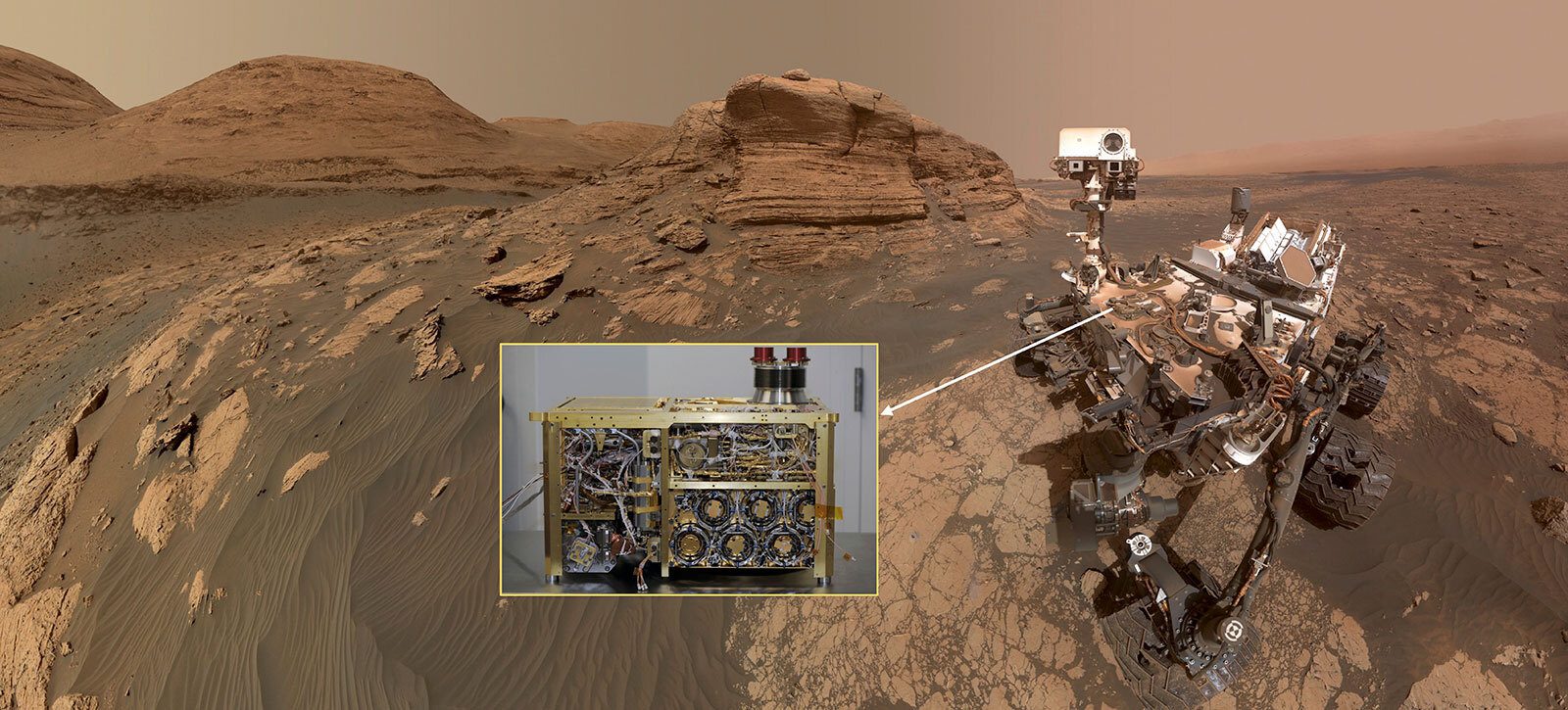Since its launch in 2012, NASA’s Curiosity rover has been able to make various groundbreaking discoveries on the Red Planet, including ancient water, organic matter, methane, and geological insights into Mars’s past. One of the main goals for the rover’s mission was to assess Mars’s habitability and search for signs of life, which the rover has been able to do with remarkable success. The discovery of ancient water and organic matter have confirmed that Mars was habitable in the past and, along with the planet’s geological and weather patterns, make it a key target for future space exploration. The success of the Curiosity rover’s discoveries has raised hopes of finding life on other planets and has significantly increased our understanding of the Red Planet.
10 Astonishing Discoveries Made by the Curiosity Rover on Mars
Mars, the red planet, has always been a point of fascination for astronomers, scientists, and space enthusiasts around the world. The main reason for this interest is the possibility that this planet could be a potential habitat for life. NASA launched the Curiosity rover in 2012, and since then, it has made many exciting discoveries on Mars. Here are 10 of the most astonishing discoveries made by the rover.
1. Ancient Water on Mars
The Curiosity rover’s first major discovery was evidence of flowing water on Mars. The rover’s cameras captured images of pebble-sized rocks from the riverbed, which showed signs of being eroded by water. This significant find confirmed that liquid water existed on Mars in the past.
2. Methane on Mars
In 2013, scientists discovered methane gas on Mars, which was a significant indicator of life on the planet. Methane is produced by both living and non-living organisms, and its presence on Mars sparked hope that there was life on the planet.
3. Organic Matter on Mars
In 2018, the Curiosity rover detected organic matter on Mars. Organic molecules contain carbon and are a crucial component for life on Earth. While this discovery didn’t confirm the presence of life on Mars, it is a promising development in the search for life on the Red Planet.
4. Ancient Lake on Mars
In 2013, the Curiosity rover discovered the remnants of an ancient lake in Gale Crater. The rover’s rock analysis also showed that the lake was once habitable and had the right conditions for life to exist.
5. Salt Deposits on Mars
The Curiosity rover discovered salt deposits on Mars, which is a crucial indicator of the planet’s geology and climate history. Salt deposits usually form through the evaporation of water, and their presence suggests that Mars had a wet environment in the past.
6. Mars’ Weather Patterns
The Curiosity rover observed several weather patterns on Mars, including dust storms, clouds, and temperature fluctuations. These findings are crucial for understanding Mars’ climate and weather, which are essential factors in the search for life on the planet.
7. Mars’ Geological History
The Curiosity rover has provided remarkable insights into Mars’ geology and geological history. Through its rock and soil analysis, the rover has helped scientists understand how Mars evolved over millions of years and provided crucial information about the planet’s past.
8. Radiation Levels on Mars
The Curiosity rover detected radiation levels on Mars, which is vital information for future manned missions to the planet. The rover’s data has helped scientists understand the potential dangers that astronauts could face when they go to Mars.
9. Mars’ Habitability
One of the main goals of the Curiosity rover mission was to assess Mars’ habitability and search for signs of life. The rover’s discoveries, such as ancient water and organic matter, have confirmed that Mars was habitable in the past and increased the chances of finding life on the planet.
10. Mars as a Potential Habitat
The Curiosity rover’s discoveries have provided a wealth of information about Mars, making this planet a potential habitat for future space exploration. The possibility of finding water and organic matter on Mars, along with the planet’s geological and weather patterns, make it a crucial target for space organizations and private companies.
Conclusion
The Curiosity rover’s discoveries have provided groundbreaking information about Mars, increasing our understanding of the Red Planet and its potential for life. As we look to the future of space exploration, Mars remains a key target for scientists and space enthusiasts worldwide. We can’t wait to see what other discoveries the Curiosity rover makes as it continues its mission on Mars.
